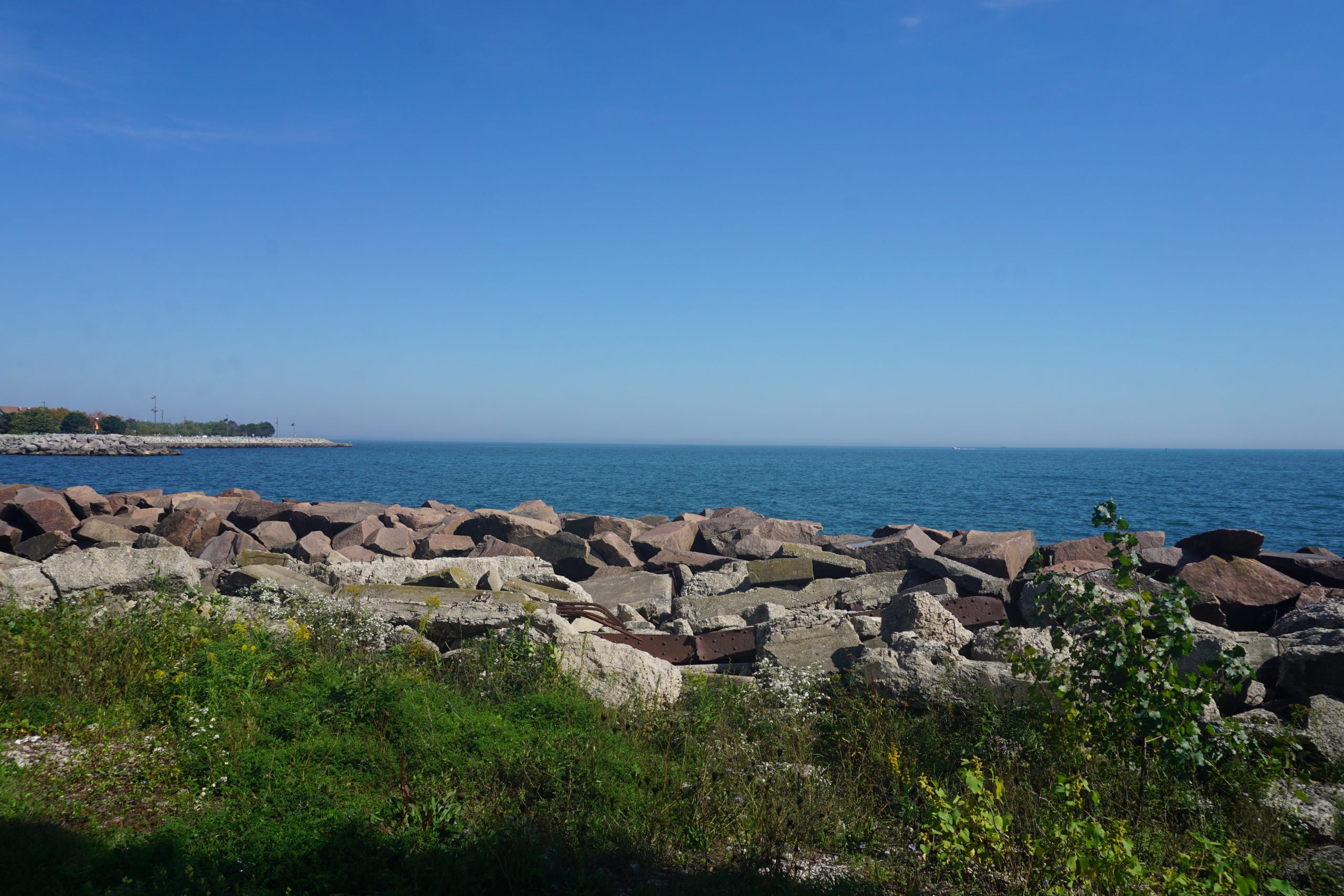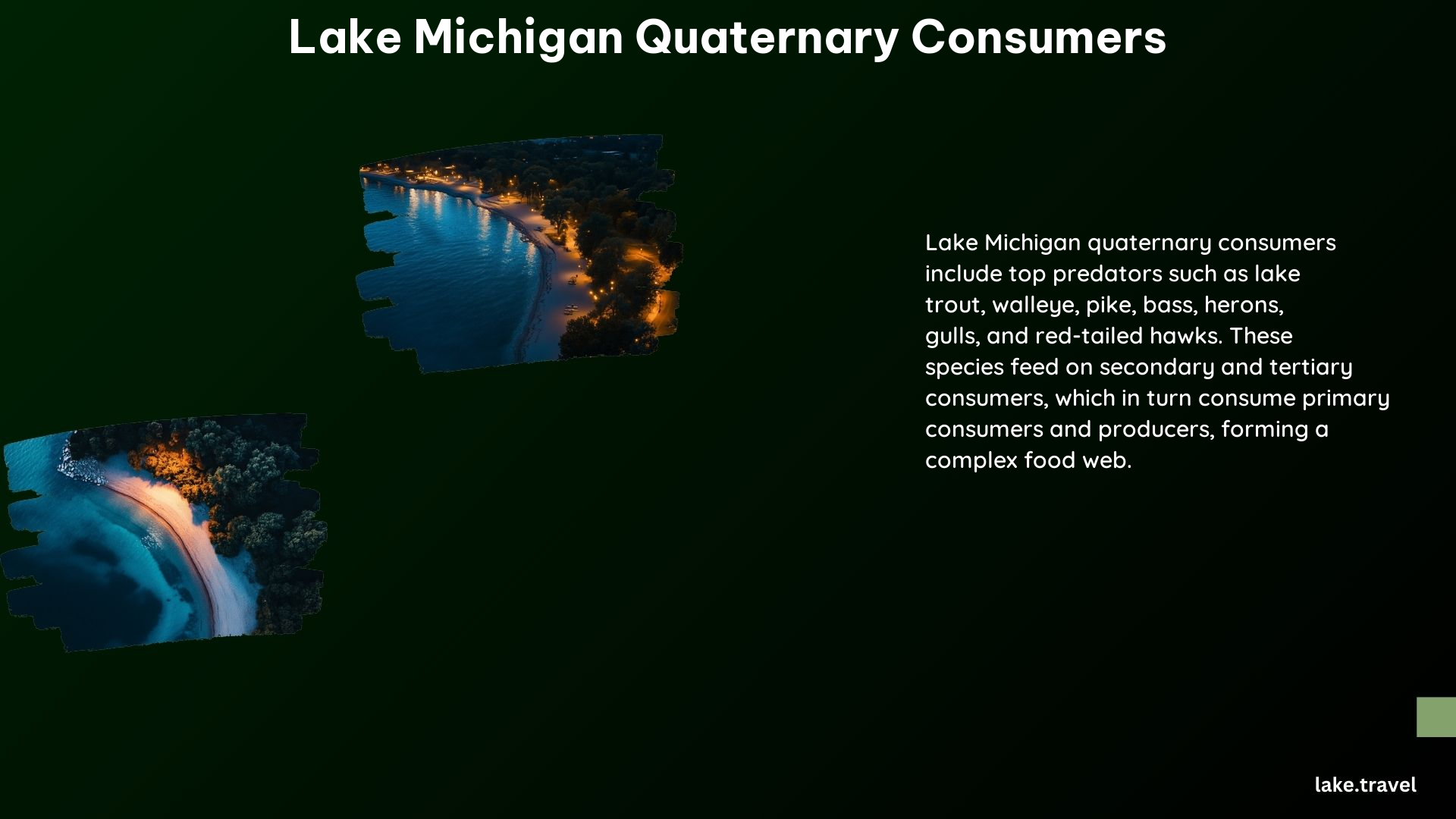Lake Michigan is home to a diverse array of quaternary consumers, which are the top predators in the food web. These consumers play a crucial role in maintaining the balance of the ecosystem by controlling the populations of lower trophic levels. From native species like lake trout and walleye to invasive predators like the sea lamprey, the quaternary consumers of Lake Michigan are essential for the overall health and stability of the aquatic environment.
Primary Food Sources for Quaternary Consumers

Quaternary consumers in Lake Michigan primarily feed on secondary and tertiary consumers, which include:
- Fish: Species such as lake trout, walleye, and burbot are important food sources for quaternary consumers.
- Invertebrates: Crayfish, snails, and other aquatic invertebrates are also consumed by quaternary consumers.
Specific Species of Quaternary Consumers

Some of the key quaternary consumer species found in Lake Michigan include:
Lake Trout (Salvelinus namaycush)
- A native species that feeds on smaller fish and invertebrates.
- Plays a crucial role in controlling the populations of prey species.
- Highly valued by anglers and commercial fisheries.
Walleye (Sander vitreus)
- A carnivorous fish that feeds on smaller fish, crayfish, and other aquatic organisms.
- Known for its excellent eyesight and ability to hunt in low-light conditions.
- An important recreational and commercial species in Lake Michigan.
Burbot (Lota lota)
- A deepwater fish that feeds on smaller fish and invertebrates.
- Adapted to thrive in the cold, dark waters of the lake.
- Plays a role in regulating the populations of its prey species.
Impact on the Ecosystem
Quaternary consumers have a significant impact on the overall ecosystem of Lake Michigan:
- Population Control: They regulate the populations of lower trophic levels, maintaining a balance in the ecosystem.
- Energy Transfer: They are responsible for transferring energy from lower trophic levels to higher trophic levels, ensuring the flow of energy through the food web.
- Ecosystem Stability: The presence of quaternary consumers helps maintain ecosystem stability by controlling populations and preventing any one species from dominating the ecosystem.
Invasive Species and Human Impact
The ecosystem of Lake Michigan has faced challenges from both invasive species and human activities:
Invasive Species
- The introduction of the sea lamprey, an invasive predatory fish, has significantly impacted the native fish populations in Lake Michigan.
- Sea lampreys prey on native fish species, disrupting the food web and causing economic losses for commercial and recreational fisheries.
Human Impact
- Pollution, overfishing, and other human activities can also affect the ecosystem and the populations of quaternary consumers in Lake Michigan.
- Maintaining a healthy and balanced ecosystem requires careful management and conservation efforts to protect the quaternary consumers and the overall food web.
Conclusion
The quaternary consumers of Lake Michigan play a vital role in maintaining the delicate balance of the ecosystem. From native species like lake trout and walleye to invasive predators like the sea lamprey, these apex predators are essential for controlling the populations of lower trophic levels and ensuring the flow of energy through the food web. Understanding the importance of quaternary consumers and the challenges they face is crucial for the long-term sustainability and conservation of Lake Michigan’s aquatic environment.
References
- NOAA. (n.d.). Lake Michigan Food Web. Retrieved from https://www.glerl.noaa.gov/pubs/brochures/foodweb/LMfoodweb.pdf
- Michigan Sea Grant. (n.d.). Food Web II. Retrieved from https://www.michiganseagrant.org/lessons/lessons/by-broad-concept/life-science/food-web-ii/
- BIAquariumSTEM. (n.d.). Lake Michigan Food Web and Sea Lamprey. Retrieved from https://www.biaquariumstem.org/lake-michigan-food-web-and-sea-lampery-lp.html
- Michigan Sea Grant. (n.d.). Food Chains and Webs. Retrieved from https://www.michiganseagrant.org/lessons/lessons/by-broad-concept/life-science/food-chains-and-webs/
